Blog

Like any venture, starting a microschool has a lot of moving parts, with many different aspects to consider, both from a business and educational perspective.
To help get the ball rolling, we’re going to outline and discuss the essential elements that should be in your builder’s toolkit when starting a microschool. From doing market research to setting a curriculum, let’s take a look at the different steps involved in starting a microschool and becoming part of the microschool movement.
See what your competitors are doing
There are many ways to design and start a microschool. Because this process can vary quite drastically, it’s wise to take a look at competitors and understand the model that they’re using.
Since each microschool is unique in terms of its size, its offering,…
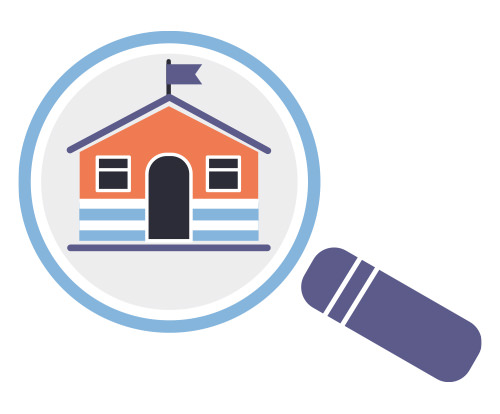
The microschool movement is a relatively new phenomenon that has started to emerge all over the country in recent years. It is a response not only to the restrictions spurred on by the coronavirus pandemic but also to parents who are frustrated with the traditional schooling paradigms and current learning environments, and who are looking for alternative ways to educate their children.
But what exactly are microschools, why were they created, and what are the benefits of this innovative learning method?
What is a microschool?
As their name suggests, microschools are very small schools that typically serve 10 to 15 students, but sometimes as many as 150. All microschools are different, but their approach to learning is similar – a project-based approach, as opposed to rigorous, on…
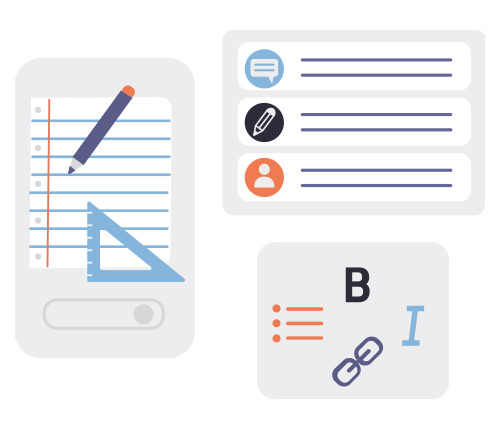
We recently published a blog post with a host of new updates, and we’re delighted to announce that we have a few more to share with you.
Class streams
We’ve implemented a new way of viewing classes. Class streams let you view all the activities happening in a class at a single glance. Now you can stay up-to-date with new students, submitted assignments, class entries, and more directly in a class without having to seek out any of that information.
Activity statuses
Sometimes you may want to upload an activity and work on it before you make it available to students. With activity statuses, you can change the status of an activity to “Published” or “Draft” to allow students to access it, or keep it as a work-in-progress while you fine-tune all the det…
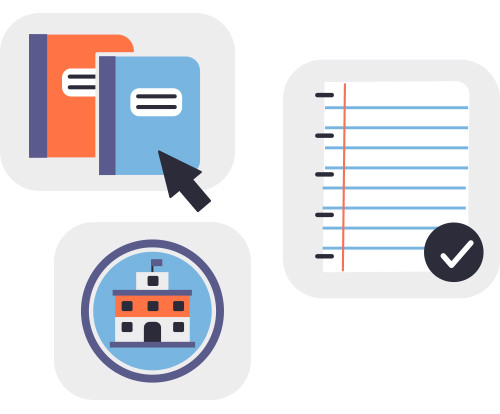
After shaking off last year’s dust from our boots, we’ve had our heads down developing and implementing a number of exciting features to help your school run smoothly and further enhance the a.school experience.
Custom login URLs
When logging in, new users usually have to head to the launchpad before they’re able to access their school. With custom login URLs, it’s now possible to create a customized login URL that allows users to log in directly to a school’s dashboard. This URL can also be very easily shared, allowing for faster, broader access to lessons.
Copy classes
Designing every class from the ground up can be time-consuming, especially once you have the curriculum and other settings down pat. With the copy classes feature, you can save time by…

Once you’ve established your school or educational institution, the next step to growth is to get the word out to potential students and to start filling up enrollment spots. Pre-internet, the best way of getting this done was to advertise in local magazines and newspapers, partner with local schools, or canvas the neighborhood with fliers about your organization. Today, however, the go-to method for increasing awareness about your school, tutoring program, or educational institution is through the use of digital marketing. Given that almost everyone has access to a smartphone, computer, and internet connection, a savvy digital marketing strategy is going to give you the best bang for your buck when it comes to reaching the largest possible audience.
The topic of digital marketing is a…

According to the Institute of Museum and Library Services, digital inclusion is “the ability of individuals and groups to access and use information and communication technologies.”
In the information age in which we live, it’s one of the most important avenues for ensuring that everyone around the world can leverage the power of the internet. Those who are least likely to be digitally included include lower-income earners, the less educated, people with disabilities, and the elderly, and it’s these groups that need digital inclusion the most. Digital inclusion allows these groups to enjoy the benefit of digital services, provides numerous opportunities, and increases the quality of life across the board.
And while the number of fields that digital inclusion benefits are myriad, …

Communication is one of the most important aspects of education, which is why we’ve introduced a new feature in a.school to facilitate it in the most intuitive way. Messaging is a chat feature that enhances and streamlines the communication process, broadening conversation in real time between students, instructors, guardians, and other users. The feature takes two forms – class streams and direct messaging.
Class streams are the conversations that take place between all participants of a class. This includes enrolled students, guardians of enrolled students, instructors, and school owners.
Direct messaging is one-on-one communication between two different users, such as an instructor and a student, or an owner and a guardian.
Messaging is just one of the ways that we’re helping y…

Like any other business, schools, universities, and other learning institutions depend on branding to help differentiate them from competitors and encourage new students to enroll. Branding is important on a number of different levels. Not only does it play a role in advertising your services and offerings to the parents of potential students, but it also helps to communicate your values and mission. Branding isn’t simply your name, logo, and color scheme. It’s the way in which you present your school’s character on every level of communication, from your emails, newsletters, signage, and even invoices. Branding also brings together all the separate elements of your school and allows it to communicate with one clear voice in order to make a lasting impression on your community.
Belo…
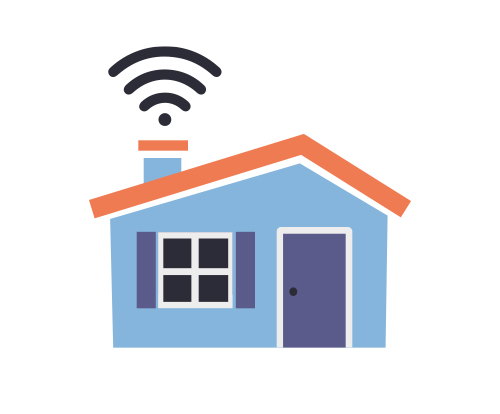
Working from home isn’t all that it’s cracked up to be. While it may sound exciting at first, transitioning from an in-person work environment to working at home brings with it a number of challenges – and it’s no different for school staff. Since schools provide a central location for teaching, communication, collaboration, and administration, decentralizing these institutional branches takes some getting used to. Whether you’re a teacher, administrator, or other school staff member, it’s likely that you’ve had to adapt and change your work style in response to the global digitalization shift. With that in mind, let’s take a look at some of the challenges that school staff face while working from home.
Team communication and collaboration
Clear, unambiguous communica…

People are transitioning to online learning for a number of different reasons. Whether it’s because of the growing ease of access to digital resources, the convenience and flexibility of learning from home, or because of a seismic industry shift to e-learning due to the coronavirus, more people than ever are turning to their laptops and the internet to get a comprehensive education.
While distance learning and online learning have its advantages, it’s not without its challenges. It’s these challenges that we’ll take a look at below, including some tips on how to work around them and help you study effectively.
Staying focused and avoiding distractions
Between Youtube, Spotify, Wikipedia, Facebook, Twitter, Instagram, and most infamously Netflix, there’s no shortage of apps a…

One of the most important aspects of online teaching is the creation of an effective, efficient and comprehensive school schedule. Just like students in traditional schools, students who attend an online school do their best work when the day is well-structured. Creating an online schedule that suits everyone’s needs, however, can be difficult. Your students may come from different time zones, be used to different learning styles, and have their own well-established routines. Taking all of these factors into account, in addition to encouraging student collaboration and creating a timeline to ensure consistent progress, is a challenge, to say the least.
But it is possible. Below we’re going to take a look at a number of tips that you can use to help create a successful online school sc…

As the world settles into its second year of the new normal, the education industry has seen something of a revolution as schools, universities, and other tertiary places of study transition to the digital sphere more permanently. Even as vaccination programs ramp up globally, it’s likely that teaching will continue to make use of digital technology for the foreseeable future. With these challenges and developments in mind, it’s useful to take a look at the projected educational trends for the year.
Online Learning
Just as in 2020, online learning is definitely the most popular educational trend for 2021. Recent developments in educational technology mean that deploying online learning at scale is now possible. The benefits of this are undeniable. For starters – it’s extremel…

With COVID-19 affecting all facets of public life, many institutions are reducing social contact wherever possible. Schools and universities are examples of institutions that have had to overhaul the way in which they operate completely, especially considering the number of interpersonal events that occur in order for students to enroll and be taught. In-person student registration events are one such arena where unnecessary risks are posed to guardians, students, and staff. The sheer number of people attending such events means that there is an increased risk of contracting and spreading communicable diseases.
Dangers aside, the process of traditional registration is outdated. Having students and parents fill in forms by hand, and then later having to process this data manually is ineff…
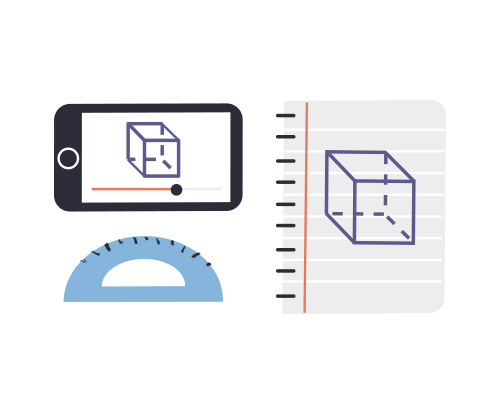
Taking classrooms online has been somewhat of an adjustment for students, parents, teachers, and all players involved in the education industry. After all, very little has changed in the way of traditional education in the last few decades. The advent of the internet ushered in a new way of distributing information, and new technology has allowed us to trade in textbooks for iPads but. for all intents and purposes, teaching and lecturing have remained largely unaltered – until now that is. As educational institutions transition to online learning and make use of digital learning tools, the question of whether or not online learning is more advantageous than face-to-face instruction has risen to the surface. Below we’ll take a look at some of the advantages that online learning can offe…

As the world transitions to remote learning and teachers everywhere begin to compile digital curriculums, there’s still one question that remains to be answered: how do we teach online? We have the tools, resources, and student body, but it’s the methodology that needs to be transitioned from traditional in-person teaching to the online forum. In an attempt to answer this question, we’re going to look at a number of tips that can be used to effectively hone your online teaching strategy.
Establish your presence as a teacher
Just as you would in a normal classroom setting, it’s important to establish your presence as a teacher right away. Welcome your students and introduce yourself. Give them an insight into who you are as a person – your interests, background, books you enjoy,…

Pandemics. Rising tuition fees. Technological proliferation. There are just three of the reasons why traditional education is appearing increasingly less attractive to parents, educators, and school owners around the world. The ripples of the COVID-19 pandemic are still being felt, and the way in which students learn and institutions provide education is poised to change forever. But what does that mean for schools, universities, and other educational institutions which have relied on in-person, attendance-based curriculums for their entire existence?
Post-COVID
At the peak of the global lockdown, more than 1.6 billion students were unable to go to school, and many tertiary education institutions had their studies ended or significantly disrupted due to COVID-19. The pandemic has ushere…
